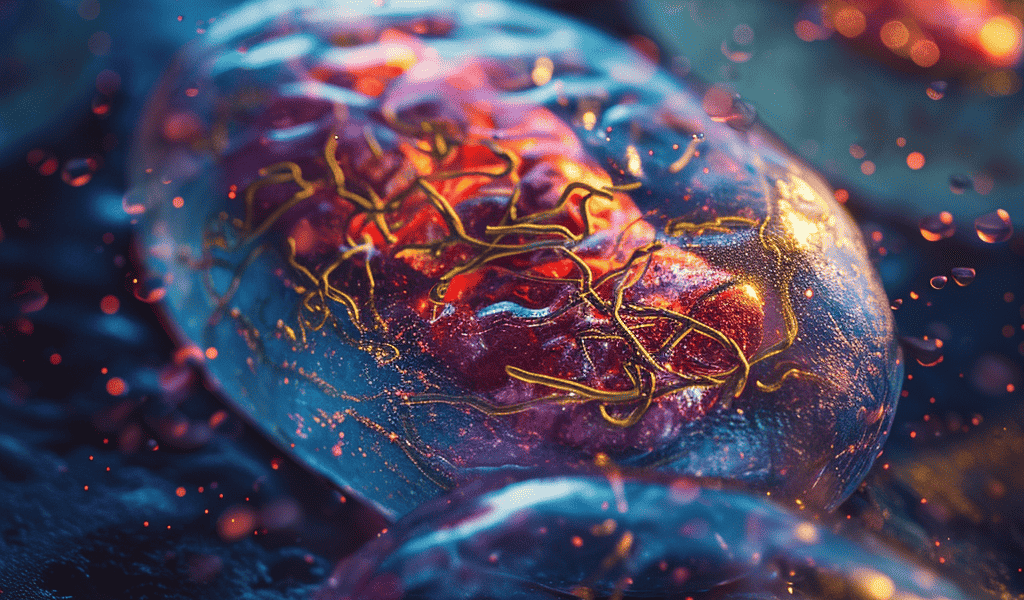Researchers at Osaka University have made a groundbreaking discovery in the field of cell biology. A protein called HKDC1 has been identified as crucial in maintaining the health of two essential subcellular structures, mitochondria, and lysosomes, thereby playing a key role in preventing cellular aging.
The study, published in the Proceedings of the National Academy of Sciences, revealed that HKDC1 is a direct target of the protein TFEB, which is responsible for regulating the function of both mitochondria and lysosomes. Under conditions of stress affecting these organelles, HKDC1 becomes upregulated, indicating its role in cellular homeostasis.
One of the critical functions of HKDC1 is its involvement in mitophagy, the process of removing damaged mitochondria to protect the overall health of the cell. The protein’s interaction with TOM20, located in the outer membrane of mitochondria, is essential for PINK1/Parkin-dependent mitophagy, a well-characterized pathway for maintaining mitochondrial health.
This discovery sheds light on the intricate mechanisms that govern cellular health and aging. Understanding the role of HKDC1 in maintaining mitochondrial and lysosomal homeostasis is a significant step forward in the study of cellular senescence and age-related diseases.





